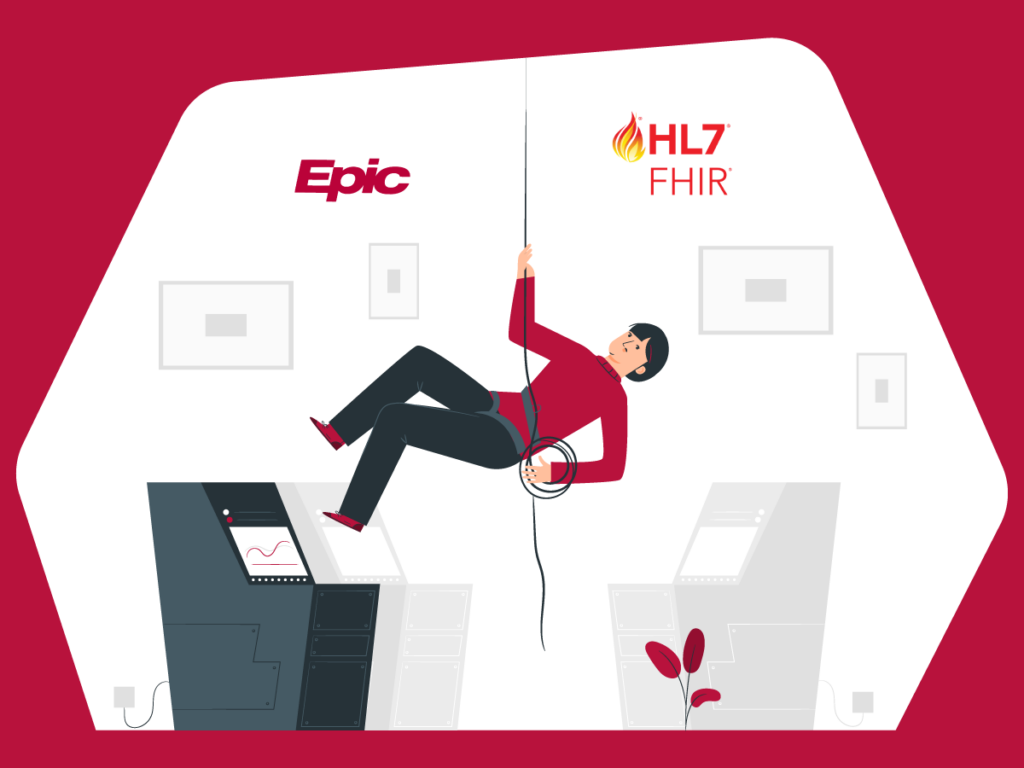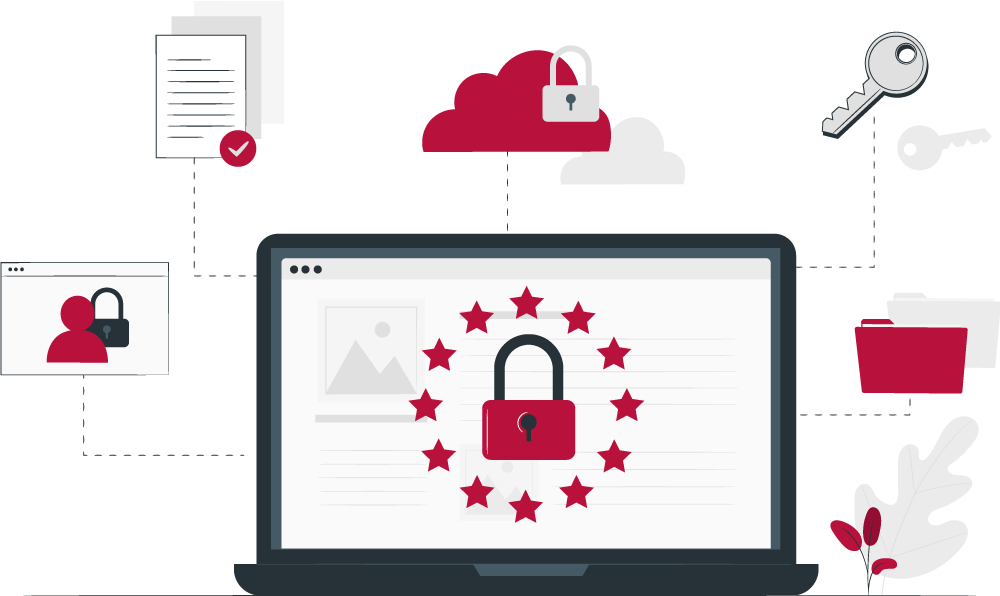
Overcoming Challenges in Epic FHIR Integration: Common Pitfalls & Solutions
The healthcare industry is undergoing a transformation, with electronic health records (EHR) and electronic medical records (EMR) systems becoming central to patient care. As technology evolves, so does the need for seamless integration across platforms. One of the most pivotal developments in this area is the integration of FHIR (Fast Healthcare Interoperability Resources) with popular EHR systems like Epic. While FHIR holds immense promise for improving data exchange, the journey toward successful integration is not without its challenges. In this blog, we will explore common pitfalls that organizations face when integrating Epic with FHIR and provide solutions to overcome these obstacles.
Section 1: Understanding the Challenges in Epic FHIR Integration
Epic Systems is one of the most widely used EHR platforms in the world, and its integration with FHIR can bring substantial benefits in terms of data interoperability. However, these benefits are often hindered by several key challenges. One major obstacle is data mapping. Epic uses a proprietary data model, while FHIR uses a standardized format that can cause discrepancies in data representation. The lack of standardization across health data systems can lead to issues such as misinterpretation of patient data, data loss, or the need for time-consuming manual interventions.
Another challenge is the complexity of system configurations. Epic’s environment is intricate, with many customized workflows, applications, and modules, which can complicate the integration process. These configurations must be accounted for during the integration to ensure that data flows seamlessly from one system to another without interrupting day-to-day operations.
Section 2: Pitfall #1 – Insufficient Planning and Poor Requirements Definition
One of the most significant reasons Epic FHIR integration fails is due to insufficient planning and poorly defined requirements. It’s crucial to map out clear objectives, timelines, and resource allocations from the outset. Organizations often jump into integration projects without fully understanding the scope of the integration or the technical and operational impacts. Without a comprehensive plan, integration teams may miss critical requirements or overlook regulatory compliance standards such as HIPAA and HITECH.
To mitigate this risk, it’s essential to conduct thorough stakeholder engagement early on. Engaging with clinicians, IT staff, and business leaders will help identify key goals, desired outcomes, and potential hurdles. This collaboration also ensures that all necessary stakeholders are aligned, reducing the risk of missed expectations and ensuring smoother implementation of FHIR integration.
Section 3: Pitfall #2 – Lack of Testing and Validation
Testing and validation are critical components of any software integration, and Epic FHIR integration is no exception. Insufficient testing can result in system failures, incorrect data exchange, and poor user experience. One of the most common pitfalls during integration is skipping comprehensive end-to-end testing, which involves verifying the integration from both a technical and clinical perspective.
Testing should not be limited to data exchange alone. Usability testing is also crucial to ensure that clinicians and other end-users are able to interact with the integrated systems smoothly. A lack of testing can lead to implementation delays, workflow disruptions, and, ultimately, low user adoption. Engaging a team of experts, such as those at Itirra, can help ensure that testing is thorough and properly executed.
Section 4: Pitfall #3 – Security Concerns and Compliance Issues
Given the sensitive nature of health data, security and compliance issues are always a top priority in any healthcare IT project. Epic FHIR integration, while offering robust data interoperability, can expose systems to new security vulnerabilities if not properly managed. Ensuring compliance with HIPAA and other regulatory standards is essential to maintaining the integrity and confidentiality of patient information.
To address security concerns, organizations should employ best practices such as data encryption, secure data transfer protocols, and access control mechanisms. Furthermore, regular audits and risk assessments should be conducted to identify potential vulnerabilities. Healthcare organizations can benefit from partnering with trusted health tech providers like Itirra, who specialize in secure EHR integration solutions and can assist in ensuring compliance with ever-changing regulatory requirements.
Itirra’s Expertise in EHR and EMR Integration Solutions
For over a decade, Itirra, a health tech lab based in Washington state, has been at the forefront of designing, developing, and deploying bespoke EMR and EHR integration solutions for healthcare organizations. Specializing in integrations for organizations that service the healthcare industry such as physician advisors, third-party medical consultants, and revenue cycle management companies, Itirra has helped numerous clients overcome the complexities of Epic and FHIR integration. With deep knowledge of industry standards, Itirra helps organizations navigate the challenges of data interoperability, ensuring that critical patient information is accessible, secure, and compliant.
Itirra’s team of experts understands the nuances of healthcare technology and the need for tailored solutions that fit unique organizational needs. Their experience allows them to foresee potential pitfalls and proactively address them, offering end-to-end services from design to deployment and post-implementation support. This helps organizations minimize disruption during the integration process, ensuring a smooth transition to more efficient workflows and improved patient outcomes.
Solutions to Overcome Integration Challenges
Addressing the common challenges of Epic FHIR integration requires a combination of best practices, expert guidance, and robust technical solutions. First and foremost, organizations must prioritize thorough planning and clear communication throughout the integration process. Establishing well-defined requirements, ensuring that testing is comprehensive, and continuously evaluating security protocols are essential to mitigating the most common pitfalls.
Working with an experienced integration partner like Itirra can significantly enhance an organization’s ability to integrate Epic with FHIR seamlessly. By leveraging their industry expertise, organizations can ensure that they are not only meeting technical requirements but also optimizing the entire integration process for efficiency, compliance, and future scalability.
Conclusion: The Path Forward for Epic FHIR Integration
Epic FHIR integration holds significant potential to enhance healthcare data interoperability, improving care coordination, patient outcomes, and operational efficiencies. However, the integration journey comes with challenges that need to be managed with care and expertise. By addressing common pitfalls such as insufficient planning, inadequate testing, and security concerns, organizations can ensure that their Epic FHIR integration is successful and sustainable. With the support of seasoned integration partners like Itirra, healthcare organizations can navigate these complexities and reap the full benefits of FHIR-based interoperability.


